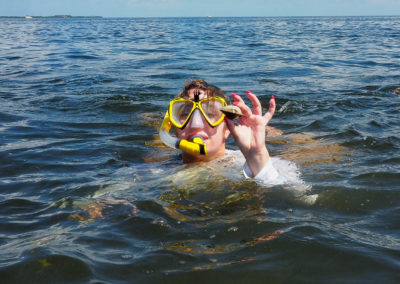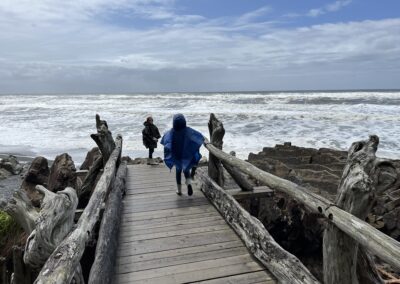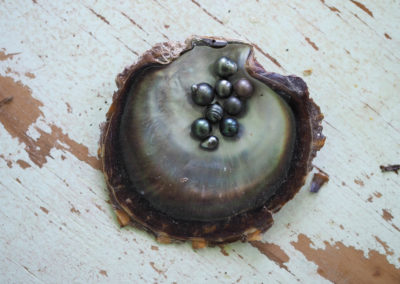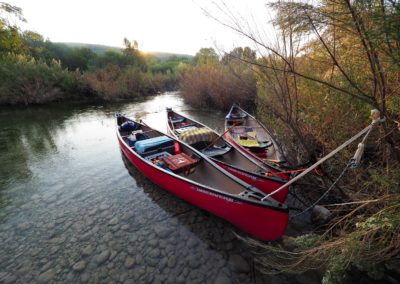
Pam LeBlanc drops a postcard in the mailbox at Post Office Bay in the Galapagos Islands. Chris LeBlanc photo
I’ll be lucky if the postcard I mailed from the Galapagos Islands last week makes it to its intended destination in a year – or ever.
It’s part of the charm of tiny Post Office Bay on Floreana Island, where for more than 200 years people have been leaving letters, without stamps, in hopes that someone on a passing ship would deliver it for them.
In the late 1700s and 1800s, British whaling ships stopped at the island to load up on fresh water, a rare and critical resource. The ships would stay at sea for several years at a time, and their crews had no way to communicate with loved ones at home. As the story goes, a clever sailor decided to leave an old wooden whiskey barrel there in 1793 to serve as a de facto “post office.”
Crews on passing ships would drop letters in the container, and other sailors who visited the island would rummage through the barrel to see if they could deliver any of the mail left behind.
The tradition stuck.
You’ve got mail at Post Office Bay
Today, tourists who visit the island drop unstamped postcards in the “mailbox.” At the same time, they’re encouraged to sort through mail left by other visitors. If they spot a card or letter addressed to someone near where they live, they’re supposed to pick it up and hand deliver it to its designated recipient.
Read more: At World of Barbie in Dallas, enter a pink dreamland
I dropped a postcard in the mailbox for my sister, who lives in Denver. I’m excited to hear if she ever gets the card.

Pam LeBlanc picked up this postcard so she can hand deliver it when she’s in Colorado in February. Chris LeBlanc photo
I also picked up four other postcards – two headed to Driftwood, just outside of Austin, one headed to Kerrville, and a fourth destined for the tiny town of Ridgway, Colorado, where I’ve got a good friend.
Slow, yes, but comforting reminder that we’re all connected – and a charming way to find out how long it takes to deliver a message, with no stamp attached, all the way from the equator.











































































